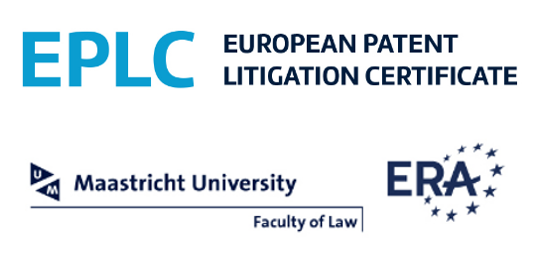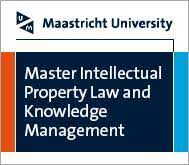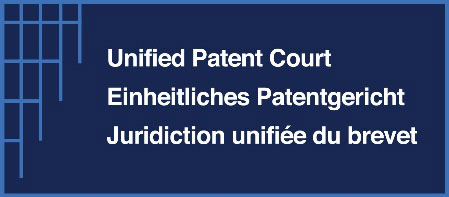Article 9
Print this page1. Member States shall ensure that the parties, their lawyers or other representatives, court officials, witnesses, experts and any other person participating in legal proceedings relating to the unlawful acquisition, use or disclosure of a trade secret, or who has access to documents which form part of those legal proceedings, are not permitted to use or disclose any trade secret or alleged trade secret which the competent judicial authorities have, in response to a duly reasoned application by an interested party, identified as confidential and of which they have become aware as a result of such participation or access. In that regard, Member States may also allow competent judicial authorities to act on their own initiative.
The obligation referred to in the first subparagraph shall remain in force after the legal proceedings have ended. However, such obligation shall cease to exist in any of the following circumstances:
(a) where the alleged trade secret is found, by a final decision, not to meet the requirements set out in point (1) of Article 2; or
(b) where over time, the information in question becomes generally known among or readily accessible to persons within the circles that normally deal with that kind of information.
2. Member States shall also ensure that the competent judicial authorities may, on a duly reasoned application by a party, take specific measures necessary to preserve the confidentiality of any trade secret or alleged trade secret used or referred to in the course of legal proceedings relating to the unlawful acquisition, use or disclosure of a trade secret. Member States may also allow competent judicial authorities to take such measures on their own initiative.
The measures referred to in the first subparagraph shall at least include the possibility:
(a) of restricting access to any document containing trade secrets or alleged trade secrets submitted by the parties or third parties, in whole or in part, to a limited number of persons;
(b) of restricting access to hearings, when trade secrets or alleged trade secrets may be disclosed, and the corresponding record or transcript of those hearings to a limited number of persons;
(c) of making available to any person other than those comprised in the limited number of persons referred to in points (a) and (b) a non-confidential version of any judicial decision, in which the passages containing trade secrets have been removed or redacted.
The number of persons referred to in points (a) and (b) of the second subparagraph shall be no greater than necessary in order to ensure compliance with the right of the parties to the legal proceedings to an effective remedy and to a fair trial, and shall include, at least, one natural person from each party and the respective lawyers or other representatives of those parties to the legal proceedings.
3. When deciding on the measures referred to in paragraph 2 and assessing their proportionality, the competent judicial authorities shall take into account the need to ensure the right to an effective remedy and to a fair trial, the legitimate interests of the parties and, where appropriate, of third parties, and any potential harm for either of the parties, and, where appropriate, for third parties, resulting from the granting or rejection of such measures.
4. Any processing of personal data pursuant to paragraphs 1, 2 or 3 shall be carried out in accordance with Directive 95/46/EC.

















